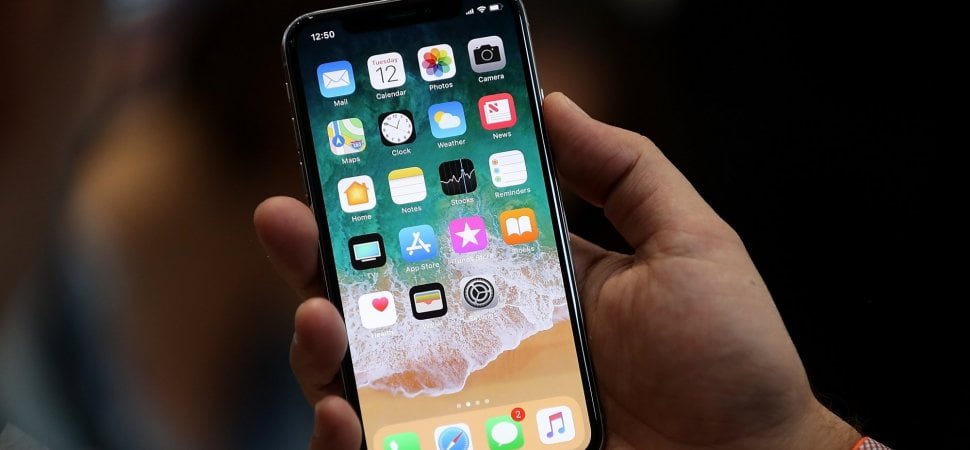- Apple will only be able to ship between 2-3 million iPhone X units before launch, says KGI Securities analyst Ming-Chi Kuo.
- If true, this means there will not be many iPhone X units in any individual market because it is launching in 57 countries and territories.
- For Apple fans, this means that it’s going to be especially difficult to get one on the first few days it’s available.
- For investors, this means that some sales that would typically fall in the December quarter may spill into 2018 because of the lack of supply.
Apple’s iPhone X will be in short supply when it launches in November, with only 2-3 million units shipping from factories before launch, the KGI Securities analyst Ming-Chi Kuo wrote in a research note on Thursday.
The iPhone X, the most advanced and expensive iPhone at $999, goes up for preorder on October 27 and hits stores on November 3 in 57 countries and territories.
The last time Apple announced preorder numbers for its most advanced phone, in 2014, it said it saw 4 million preorders in the first 24 hours — so the iPhone X is going to be very hard to find at launch.
But Kuo, who is tapped into Apple’s Asian supply chain, says the worst production issues will be over soon. Still, KGI Securities cut its forecast for fourth quarter shipments even further, to 25-30 million units, down from 30-35 million units.
Kuo’s note, seen by Business Insider, also goes into some detail about what’s causing the delays. He attributes it mainly to a shortage of three different components with the production of certain circuit boards being the biggest hurdle.
Kuo believes one supplier of the iPhone X antenna circuit board, Murata, hasn’t been able to make the part to Apple’s specification, and has been largely replaced by a second supplier, Taiwan’s Career Tech.
Kuo also points to a wide-angle camera module that also is seeing a supply shortage.
Finally, the note touches on the True Depth camera issue that had been previously reported by The Wall Street Journal. “We believe the previous design issues of the dot projector sometimes being unable to recognize human faces has been resolved after active alignments or environmental tests were addressed,” Kuo wrote.
Catching up
For Apple fans who want the iPhone X as soon as it comes out, this is not good news — you’re either going to need to get lucky at pre-order time or line up at a retail store to secure an iPhone X first day.
But for investors, this may simply push the “super cycle” boom of iPhone sales one quarter later.
For example, Canada’s largest wireless carrier said that it didn’t know how much iPhone X inventory it would have at launch.
“The question will be is how much of the iPhone X activity happens in Q4 versus Q1 of next year, and we will kind of be prepared for either overall,” he continued.
Kuo believes shipments of iPhone X could show 50% quarter-over-quarter growth in the first quarter of 2018.
Brian White, an analyst at Drexel Hamilton, remains bullish, saying this week to “buy into the iPhone 8 gloom and doom ahead of the iPhone X.”
“This morning, Apple’s stock is weak on the back of media reports around order cuts for the iPhone 8/8 Plus,” he wrote in a note distributed to clients. “We would be aggressive buyers of the stock with the iPhone X cycle kicking off next Friday with pre-orders.”
Kuo says that “any share corrections on revised-down [fourth-quarter] results should be regarded as a good entry point,” especially for Apple’s suppliers including Hon Hai, TSMC, Largan, Win Semi, XinTec, Tong Hsing Electronic, Lumentum, IQU, Viavi, LG Innotek, AMS, STMicroelectronics and Himax.
Apple reports quarterly earnings on November 2, so perhaps it will give some insight into iPhone X pre-order volume and supply then.
This post originally appeared on Business Insider.

